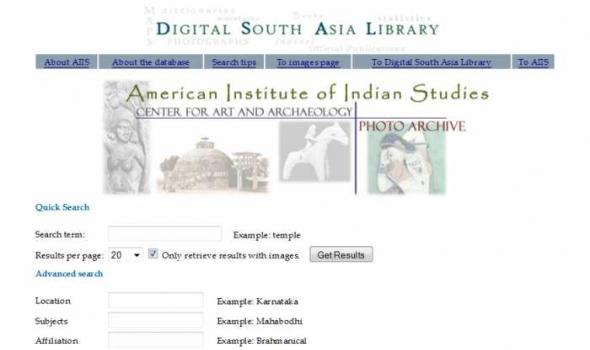Category: Health & Medicine, Text, Public health, U.S. National Library of Medicine, United States
Results
History of Medicine Early United States Government Interest in Native American Health Although U.S. Army surgeons treated Native American victims of smallpox near the opening of the 19th-century, government concern for Native American health at this time was manifest more in counting the numbers of people who died from this and other diseases, and estimating how many were left, than in providing institutional remedies. Jedidiah Morse's report indicates this interest: Determining where "Indians" were in North America and how many they were. The report is addressed to the Secretary of War. Indian affairs were administered by the War Department until 1849. The U.S.
History of Medicine Introduction This guide describes the modern manuscript collections concerning Nursing, Midwifery and Obstetrics found in the History of Medicine Division. These collections include lecture notes on midwifery, records of nursing schools and associations, and the correspondence and personal papers of persons involved in the fields of Nursing and Midwifery. Persons mentioned include Francis Henry Ramsbotham and James Young Simpson. A majority of the collections are dated from the nineteenth and twentieth centuries, although there are several collections from the eighteenth century. Subjects are listed alphabetically with an index of terms. Brief descriptions include author of collection, physical description, and call number.
Last updated: 14 January 2009 The Loss and Recovery of Greek Medicine in the West After the fall of the Roman Empire in the 5th century, most works of the Greek physicians were lost to Western Europe. In the 14th and 15th centuries, however, Western Europeans began to rediscover Greek scientific and medical texts. This was due in part to the discovery of Arab repositories of learning in Spain and elsewhere during the Crusades as well as the immigration to Italy of Byzantine scholars at the fall of Constantinople in 1453.
History of Medicine Introduction Medicine in the Americas is a digital library project that makes freely available original works demonstrating the evolution of American medicine from colonial frontier outposts of the 17th century to research hospitals of the 20th century. Drawing on the collections of NLM's History of Medicine Division and including works from the United States, Latin America, the Caribbean and Canada, this initial release of Medicine in the Americas encompasses monographs dating from 1610 to 1865. Additional titles, dating up to 1920 and drawing further upon NLM's comprehensive collection of early American printed books and journals, will be available on an ongoing basis in the future.
History of Medicine Introduction The National Library of Medicine has recently acquired a large collection of Chinese Public Health materials, about seven thousand items produced from early 20th century to the year of SARS. The collection has a wide range of media presentations: posters, health newsletters, health newspapers, paintings, pharmaceutical advertisements, calendars, children's chess games, jigsaw puzzles on health topics, playing cards on SARS, lantern slides, negatives, photographs, and health award certificates, as well as books and journals. These materials present rich visual representations of public health concerns which were closely tied to the political, social, economic, and even military engagements of China during different time periods.
History of Medicine Home > History Home > Opening Doors: Contemporary African American Academic Surgeons Home African Americans have always practiced medicine, whether as physicians, healers, midwives, or “root doctors.” The journey of the African American physician from pre-Civil War to modern day America has been a challenging one. Early black pioneer physicians not only became skilled practitioners, they became trailblazers and educators paving the way for future physicians, surgeons, and nurses, and opening doors to better health care for the African American community.
History of Medicine Chinese medicinal compounds were recorded as early as the Han dynasty, 2,000 years ago. Beginning in the 1880s, Western companies – notably Bayer, Hoechst (now Aventis), and Eli Lilly – challenged traditional medicine with the resources of modern capitalism. In turn, Chinese companies entered the new commercial markets: the Tianjin Pharmaceutical Factory, founded in 1921, used western methods to produce and market traditional Chinese medicines. The sheets shown here advertise a mix of European and Asian products, using ideal feminine and masculine images as well as the Tian An Men (Gate of Heavenly Peace). Ads for progesterone and methyltestosterone show the appeal of potent over-the-counter hormone therapies. 21 April 2010


























